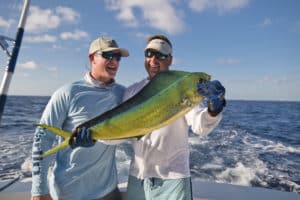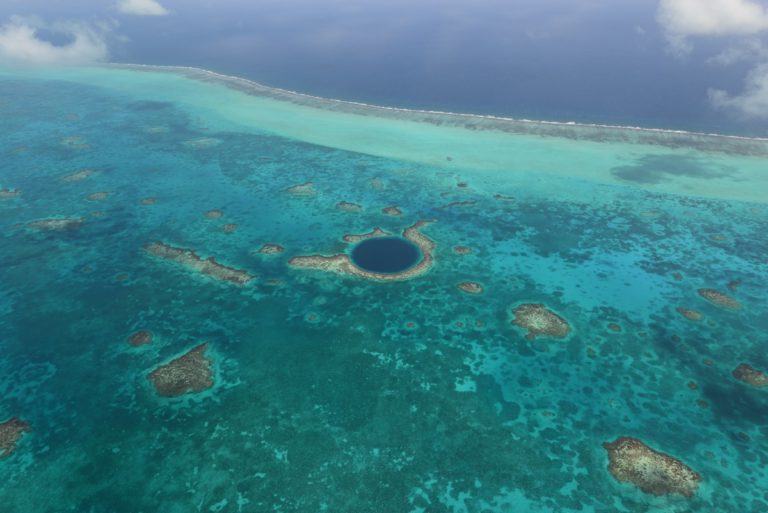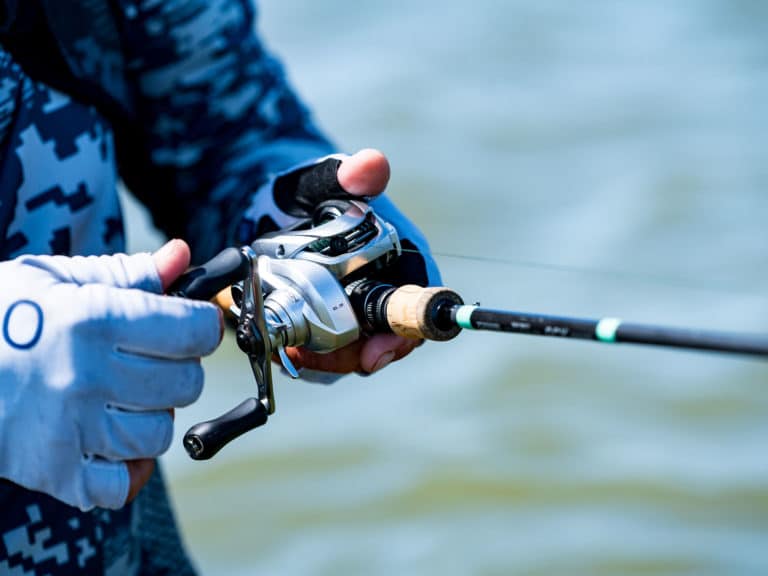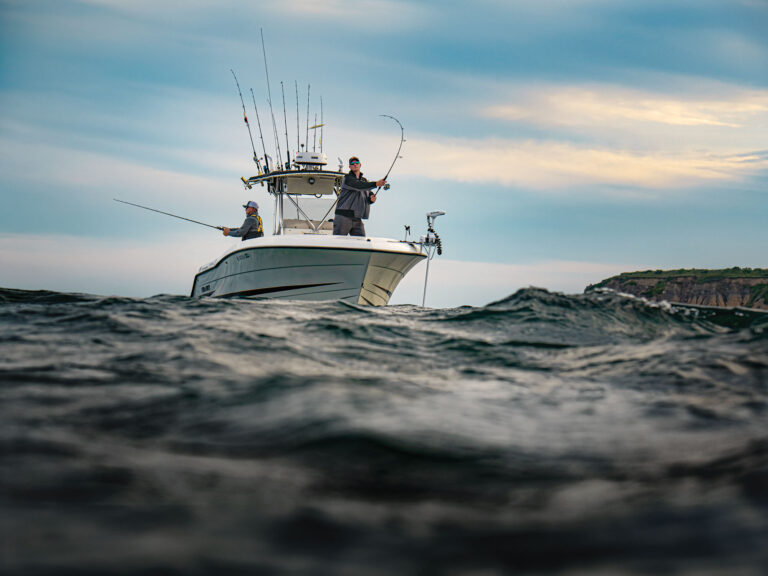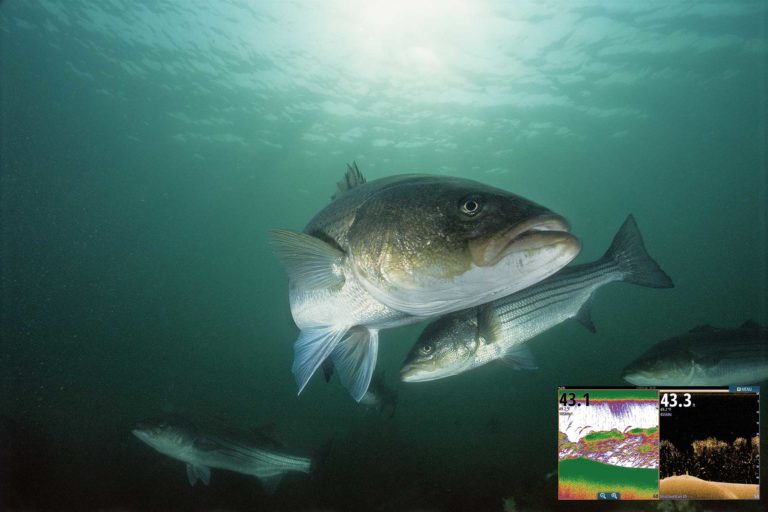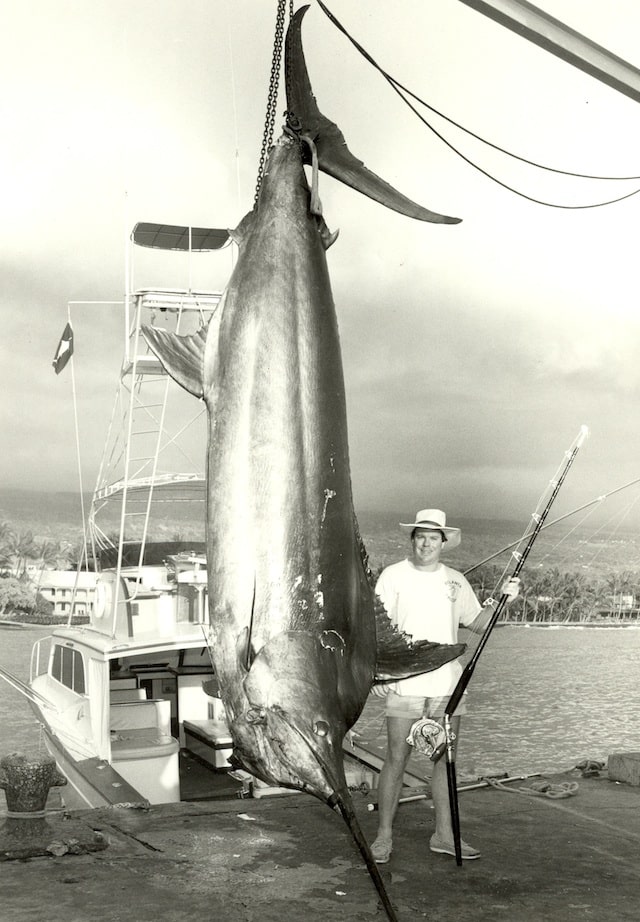
Gary Merriman marlin
I caught up with Atlanta fly-shop owner Gary Merriman recently. If Gary’s name rings a bell, that’s not surprising – after all, he’s accomplished two of sport fishing’s most significant feats over the last few decades.
In 1984, Merriman, owner and operator of The Fish Hawk since the 1970s, made international headlines, when he landed a 1,649-pound Pacific blue marlin in Kona, Hawaii, fishing with Capt. Bart Miller. The amazing specimen was a full 273 pounds heavier than the existing all-tackle record for the species but, unfortunately, was not certified because the double-line and leader exceeded the IGFA’s maximum allowable length. Still, it remains the second largest marlin ever caught on rod and reel.
Some 10 years later, Merriman shook things up again in the fishing world, but this time in the fly-fishing arena, when he developed the Tarpon Toad pattern, which would become the gold standard throughout the Florida Keys, supplanting the classic Keys- and Apte-style flies that dominated for decades earlier.
We chatted briefly with this unsung hero about his impressive accomplishments.
**_
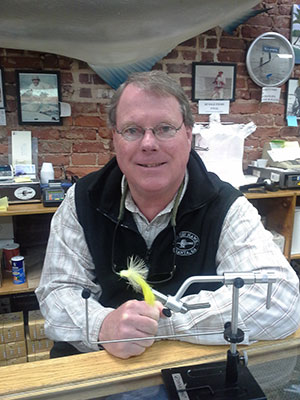
SF_****: Gary, between your marlin and your Toad fly, you own two of fishing’s most coveted prizes. Which is most satisfying to you? And why?**
GM: Both are very satisfying, but tarpon fishing is my passion, so the Toad is No. 1.
SF****: How and when did you develop that fly?
GM: I can’t remember the exact year, but it was about 20 years ago. I wanted a fly that would track on a level plane with neutral buoyancy. This was to keep the fly in front of the fish for as long as possible.
SF****: Did it produce immediate results? In other words, did you know immediately by the fish’s reactions that your tying theories were correct?
GM: I first tried the Tarpon Toad in Loggerhead Basin in the Lower Keys, which is notorious for hard-to-feed tarpon. The results were amazing. Most fish would go out of their way to eat it – and yes, I knew immediately that it was a success.
SF****: Any new theories on tarpon flies today? Anything kicking around in the back of your mind?
GM: Yes, I have a few new tricks, but I’m keeping them to myself for now.
SF****: Like a good fly tier…
GM: That’s right (laughs).
SF****: Now onto the marlin. Are you — or were you at one time — a serious marlin fisherman? I’m guessing you were.
GM: Yes, I did a lot of marlin fishing at one time but I realized that the flats were where I wanted to be.
**_
_**
SF****: How often did you marlin fish back then? And where?
GM: I’d take three to four trips a year and fished a__ll over the Bahamas, Mexico, Costa Rica and Venezuela.
SF****: What brought you to Kona in 1984? I know they’d had an amazing string of several marlin seasons leading up to that timeframe?
GM: _I was actually a guest of the former owner of the Atlanta Falcons, Rankin Smith. He was there for NFL league meetings.__ _
SF****: How was the fishing in general during that trip? Did you catch any other fish?
GM: Overall, it was very slow. We were only able to fish two days — and only two fish were raised during that time. We caught them both, on lures. The other fish was approximately 250 pounds.
SF****: What went through your mind when you first saw the big fish?
GM: I thought, “Oh, my God!” She ate the short-right rigger line, so she was very close to us when we first saw her. She looked like an elephant eating a peanut.
SF****: Did she jump at all during the fight?
GM: She tried to but was not able to clear the surface. She spent most of the fight on the surface, until she sounded to approximately 800 feet.
SF****: That must have been quite a battle.
GM: It was. We fought her for a little over 3 hours in total. When she sounded, it wasn’t too bad because her air bladders were full since she had been on the surface the whole time. But it was an excruciating fight — we had 90 pounds of drag on her for most of the time on 130-pound-class tackle. The cockpit of the Merritt was full of water, as well, from backing down on her so hard. We had the leader at 1 hour into the fight, and then had it 19 more times before we were able to put a gaff in her. She was so large she would not fit through the marlin door in the back of the boat.
_
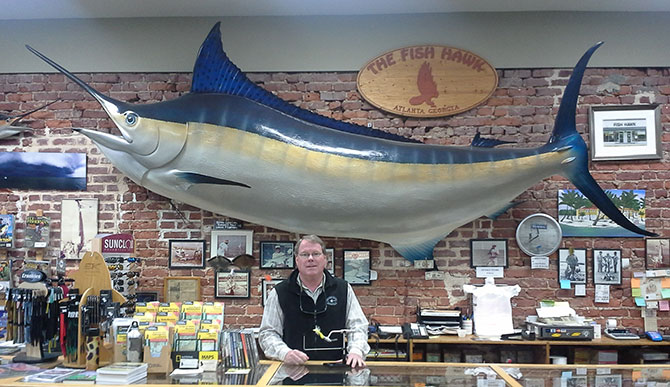
_
SF****: What was it like when you got back to the dock?
GM: There were over 300 people waiting there to see our catch. She made the front page of nine newspapers around the world, and I received a call from Alfred Glassel, who at the time had the largest marlin on record, a 1,560-pound black marlin caught off Peru in the 1950s.
SF****: I’m sure it was disappointing that the fish was ultimately not certified by the IGFA. Then again, I’m sure you were proud just the same, no?
GM: I was more disappointed for the fish than I was for myself. I knew I caught it and felt good about it.
SF****: Pretty amazing accomplishments — anything else you’d like to do in your angling lifetime?
GM: I’ve been very lucky to do and see the things that I have in my lifetime. There’s nothing that I would change. All I need now is more time on the water!
SF****: Amen to that. Thanks for the time today, Gary.
GM: Thanks, Mike.


